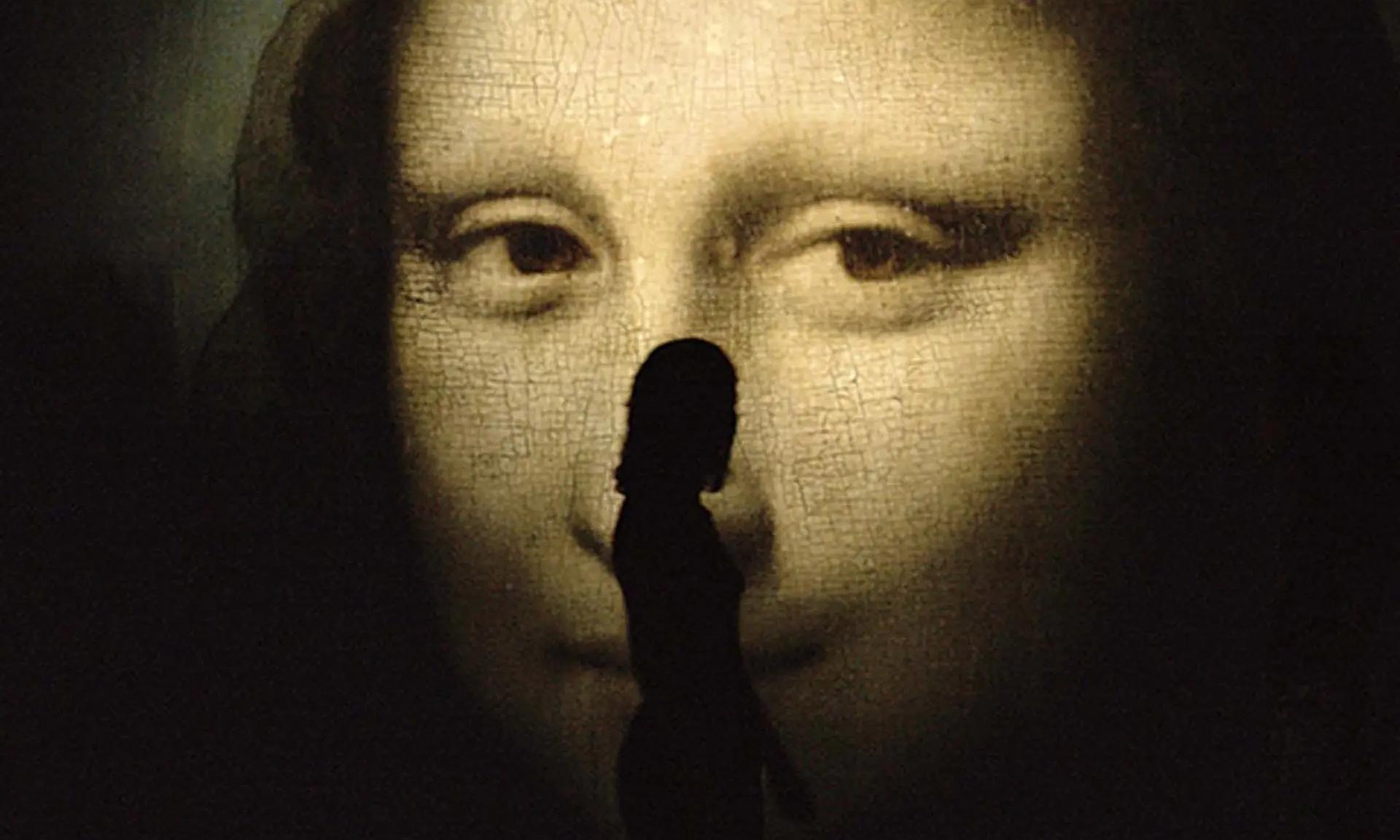An interactive Mona Lisa exhibition, co-organised with the Louvre and a digital agency, opens in Marseille in March
© Mardi8, Artisans d’idées
The Grand Palais will have a dedicated area for immersive digital experiences when it reopens in 2024, with officials at the Paris institution hoping to profit from the boom in multimedia art shows. A new initiative known as Grand Palais Immersif will be exported nationally and internationally, following the launch of an audiovisual display in Marseille focused on the Mona Lisa and co-organised with the Musée du Louvre.
The Réunion des Musées Nationaux-Grand Palais (RMN), the French government body that runs the historic exhibition venue, is behind the new subsidiary business together with Banque des Territoires, a state-owned bank, and the property developer Vinci Immobilier.
Last January, RMN announced that the project has “the ambition to become a key player in the emerging digital exhibition market”. Roei Amit, the director of Grand Palais Immersif, tells The Art Newspaper the aim is to stage “digital exhibitions which are relevant to our time, combining creativity, new approaches to art histories… that can generate large audiences in France but can have also an appeal and interest worldwide”.
The Grand Palais closed last year for extensive renovations in preparation for the 2024 Olympic and Paralympic Games. The refurbished building “will have a dedicated space for these type of exhibitions, that require a specific digital and audiovisual infrastructure”, Amit says. “Until then, a temporary [as yet unspecified] place in the heart of Paris will host the upcoming exhibitions.”
After reopening for the Paris Olympic Games in 2024, the Grand Palais will have a dedicated area for crowd-pleasing digital exhibitions
Photo: Julien Chatelain
RMN began developing the digital exhibition format at the Grand Palais in 2016 with Eternal Sites, which reconstructed four Unesco World Heritage sites damaged by conflict in Syria and Iraq. In 2020, the venue hosted the exhibition Pompeii, setting artefacts from the archaeological park against large-scale digital visualisations of the ancient Roman city. That show “confirms the relevance of a new exhibition production model which will seek to find its place in the renovated Grand Palais and internationally”, said Chris Dercon, the president of RMN-Grand Palais, last year.
The model is now being rolled out to the regions. La Joconde (Mona Lisa), which opens at the Palais de la Bourse in Marseille 10 March (until 21 August), will be overseen by Vincent Delieuvin, the chief curator of paintings at the Louvre. Amit promises a “sensorial environment, narrative projections and many interactive experiences” in the show dedicated to Leonardo da Vinci’s masterpiece, which is priced at €14.50 (early bird tickets cost €11).
Grand Palais Immersif is planning future shows with the Venice civic museums (Fondazione Musei Civici di Venezia) and the tech startup Iconem, which produced the 3D images for the Eternal Sites show. Also in the pipeline is an “exceptional exhibition” with the Mucha Foundation in Prague on the Czech artist Alphonse Mucha, Amit adds.
It remains to be seen if these efforts will prove as lucrative as the raft of immersive light-and-sound experiences focused on the art of Vincent van Gogh that are currently touring worldwide. Van Gogh “has emerged as a multi-million-dollar live event opportunity, perhaps one of the true entertainment industry success stories of the pandemic era”, wrote the critic Kriston Capps in Bloomberg last September. The Toronto firm behind one exhibit, Immersive Van Gogh, told the publication that it had sold 3.2 million tickets for shows in 20 North American cities.

